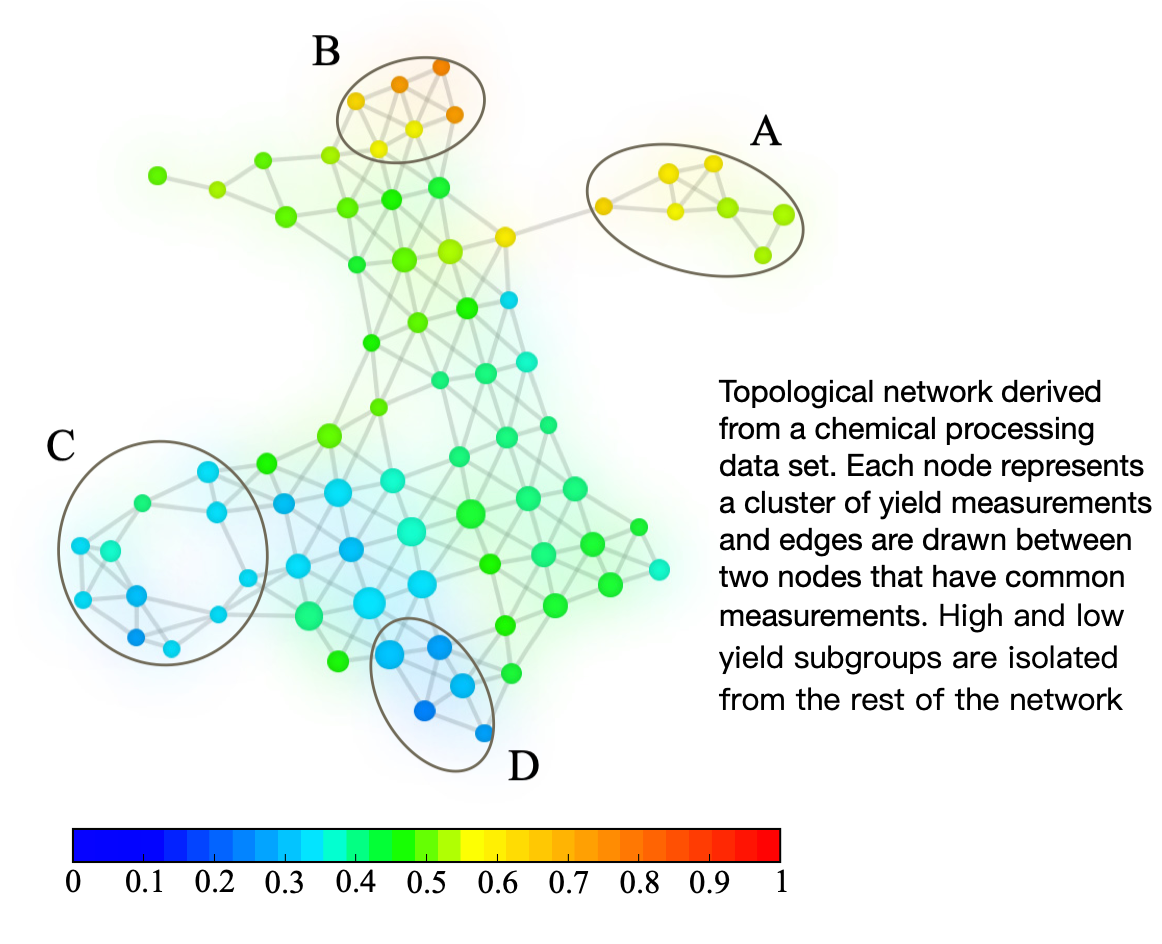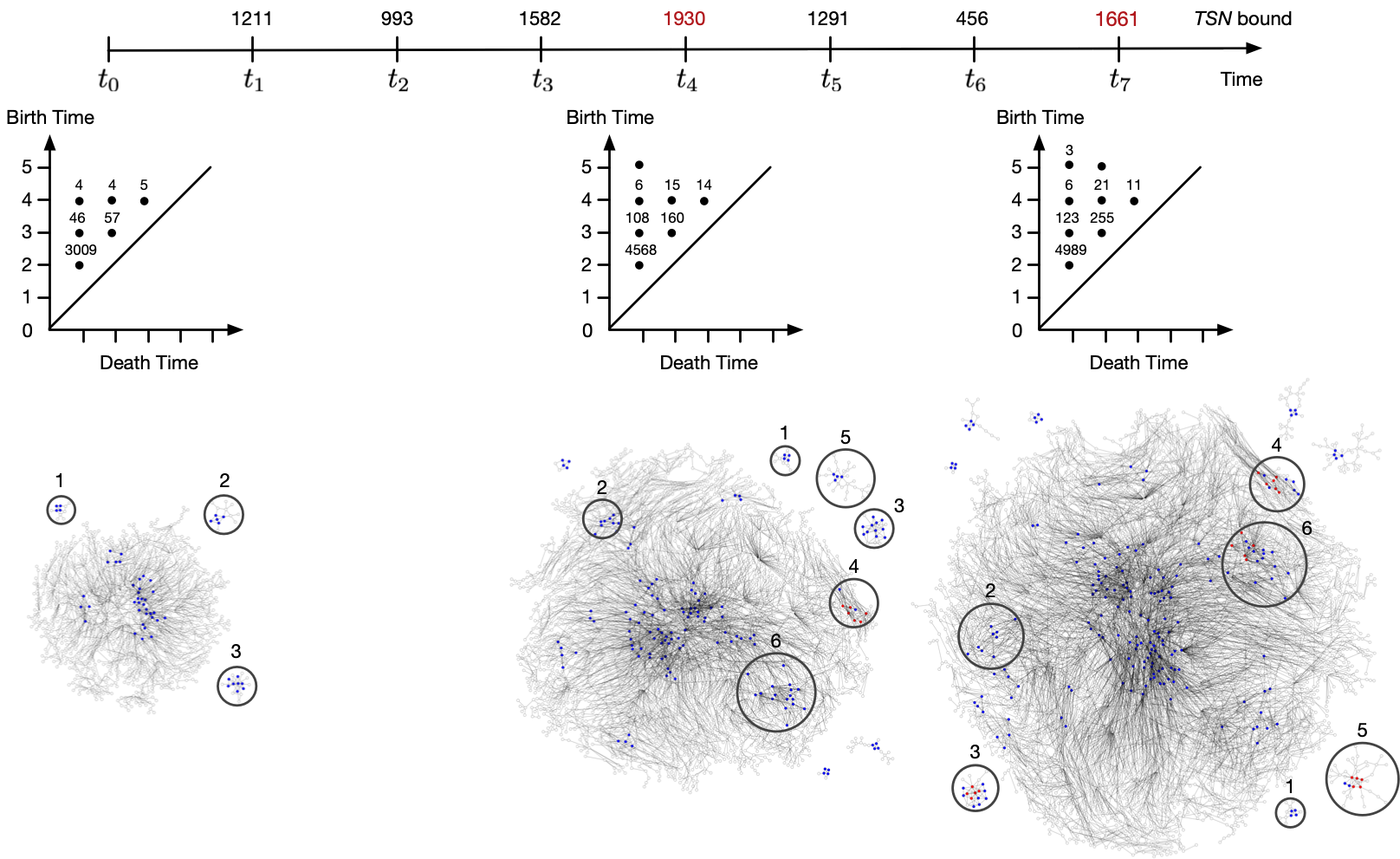Wei Guo
Welcome to my homepage! I received my PhD in industrial and systems engineering from University of Washington in 2020. During my PhD years, I mostly worked as a research assistant for Boeing Advanced Research Center, focusing on exploring the use of topological data analysis in computer vision and dynamic networks. During that time, I have partaken in multiple Boeing projects aimed at revamping manufacturing processes with state‐of‐the‐art machine learning solutions for increased efficiency. One project where I played a major role, titled “ Deep learning for automated in-process inspection of composite layup,” was recognized by winning the best presentation award in data analytics track at the Boeing Tech Excellence Conference in 2019. A US patent application is also being filed for this work.
In addition, I am passionate about the application of deep learning to autonomous systems. The field of autonomous systems also reconnects the experience I have gained in resolving trajectory optimization problems of aerial vehicles in winds / obstacle fields during my graduate studies at University of Minnesota. I am currently in a transition from academia to industry. I expect to start working from May, 2020.
Interests
- Computer Vision
- Deep Learning
- Data Analytics
- Autonomous Systems
Education
-
PhD in Industrial and Systems Engineering, 2020
University of Washington
-
MSc in Industrial and Systems Engineering, 2014
University of Minnesota
-
MSc in Aerospace Engineering and Mechanics, 2010
University of Minnesota
-
MSc in Control Science and Engineering, 2008
Harbin Institute of Technology
-
BSc in Control Science and Engineering, 2006
Harbin Institute of Technology


